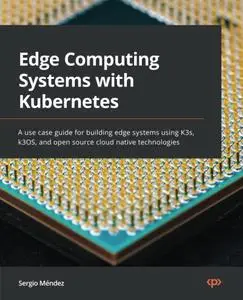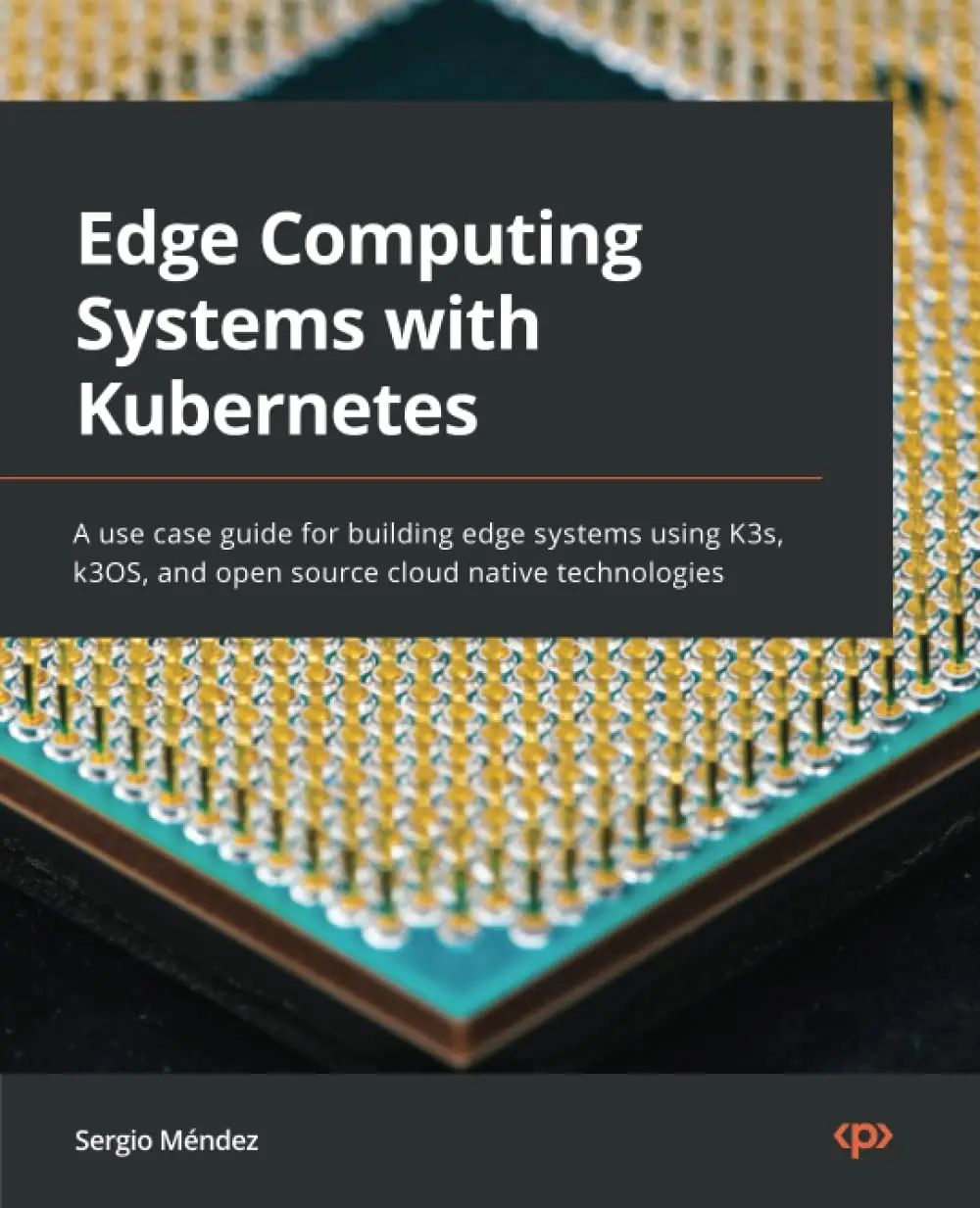Edge Computing Systems with Kubernetes: A use case guide for building edge systems using K3s, k3OS, and open source cloud native technologies by Sergio Mendez
English | October 14, 2022 | ISBN: 1800568592 | 458 pages | PDF | 16 Mb
English | October 14, 2022 | ISBN: 1800568592 | 458 pages | PDF | 16 Mb
Understand how to use K3s and k3OS for different use cases and discover best practices for building an edge computing system
Key Features
A guide to implementing an edge computing environment
Reduce latency and costs for real-time applications running at the edge
Find stable and relevant cloud native open source software to complement your edge environments
Book Description
Edge computing is a way of processing information near the source of data instead of processing it on data centers in the cloud. In this way, edge computing can reduce latency when data is processed, improving the user experience on real-time data visualization for your applications. Using K3s, a light-weight Kubernetes and k3OS, a K3s-based Linux distribution along with other open source cloud native technologies, you can build reliable edge computing systems without spending a lot of money.
In this book, you will learn how to design edge computing systems with containers and edge devices using sensors, GPS modules, WiFi, LoRa communication and so on. You will also get to grips with different use cases and examples covered in this book, how to solve common use cases for edge computing such as updating your applications using GitOps, reading data from sensors and storing it on SQL and NoSQL databases. Later chapters will show you how to connect hardware to your edge clusters, predict using machine learning, and analyze images with computer vision. All the examples and use cases in this book are designed to run on devices using 64-bit ARM processors, using Raspberry Pi devices as an example.
By the end of this book, you will be able to use the content of these chapters as small pieces to create your own edge computing system.
What you will learn
Configure k3OS and K3s for development and production scenarios
Package applications into K3s for shipped-node scenarios
Deploy in occasionally connected scenarios, from one node to one million nodes
Manage GitOps for applications across different locations
Use open source cloud native software to complement your edge computing systems
Implement observability event-driven and serverless edge applications
Collect and process data from sensors at the edge and visualize it into the cloud
Who this book is for
This book is for engineers (developers and/or operators) seeking to bring the cloud native benefits of GitOps and Kubernetes to the edge. Anyone with basic knowledge of Linux and containers looking to learn Kubernetes using examples applied to edge computing and hardware systems will benefit from this book.
Table of Contents
Edge Computing with Kubernetes
K3s Installation and Configuration
K3s Advanced Configurations and Management
k3OS Installation and Configurations
K3s Homelab for Edge Computing Experiments
Exposing Your Applications Using Ingress Controllers and Certificates
GitOps with Flux for Edge Applications
Observability and Traffic Splitting Using Linkerd
Edge Serverless and Event-Driven Architectures with Knative and Cloud Events
SQL and NoSQL Databases at the Edge
Monitoring the Edge with Prometheus and Grafana
Communicating with Edge Devices across Long Distances Using LoRa
Geolocalization Applications Using GPS, NoSQL, and K3s Clusters
Computer Vision with Python and K3s Clusters
Designing Your Own Edge Computing System
Feel Free to contact me for book requests, informations or feedbacks.
Without You And Your Support We Can’t Continue
Thanks For Buying Premium From My Links For Support
Without You And Your Support We Can’t Continue
Thanks For Buying Premium From My Links For Support



